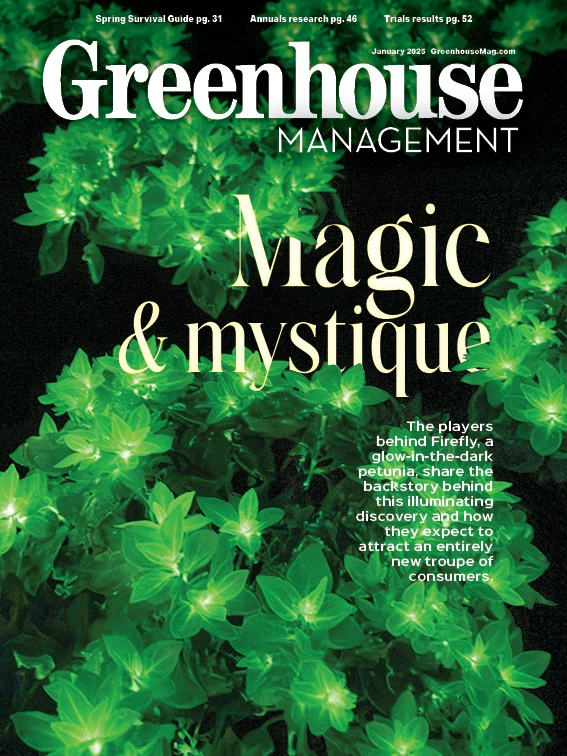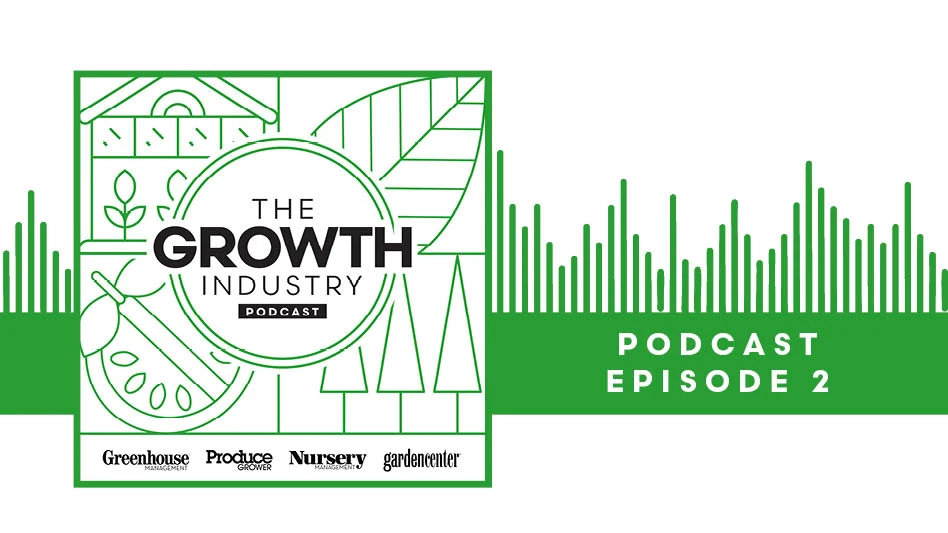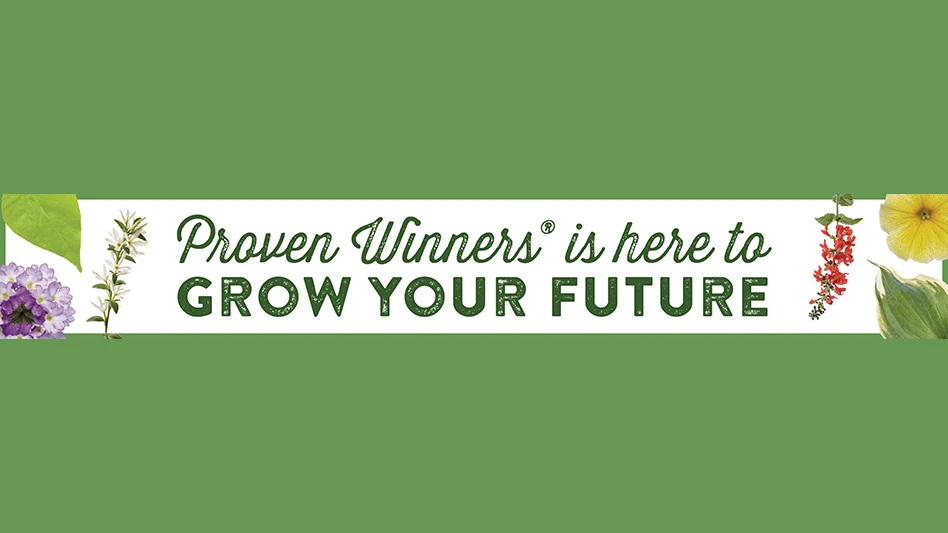
Jack Bobo assumed he’d grow up to be a veterinarian like his father. A Dallas native, Bobo entered Texas A&M University as an animal science major, but after taking a horticulture class for a general science credit, he quickly switched his career path — realizing he preferred tending plants in a peaceful greenhouse over palpating cattle at the risk of getting kicked.
While pursuing his bachelor’s degree in horticulture, Bobo took an interest in winegrapes, earning a certificate in enology and viticulture. After graduating from Texas A&M, he continued his winegrape research at The University of Georgia while earning his master’s degree in horticultural science.
In the midst of his master’s studies, Bobo attended the American Society for Horticultural Science (ASHS) Annual Conference in 2021. While strolling through the career fair, Bobo tried to snag a piece of chocolate from North Carolina State University’s booth when the man behind the table stopped him. “You think you’re just going to steal a piece of candy and walk away?” said the man, who Bobo came to know as professor Brian Jackson, Ph.D.
That initial exchange prompted a deeper conversation about Bobo’s career aspirations, ultimately kicking off his doctoral journey in Jackson’s Horticultural Substrates Laboratory at NC State. “I was so lucky to run into Dr. Jackson, who’s been mentoring me for the past three years and will mentor me for the rest of my career,” says Bobo, a Ph.D. candidate and graduate research assistant. “He lit a fire under me by showing how important substrates are because they touch everything.”
On track to earn his doctorate in May 2025, Bobo is eager to leverage his research experience by exploring the potential of wood-based growing media to move the floriculture industry forward.

Research accolades
Bobo’s research focuses on renewable materials like milled wood fiber as alternatives to traditional peat. With European countries banning the use of peat, a commodity plagued by shortages and rising costs, Bobo says growers are anxiously seeking alternative media.
Specifically, Bobo has been examining the potential of wood substrates sourced from certain pine trees. “When you mill pine trees, the fresh substrate contains chemicals that are toxic to plant growth,” he explains. “How do we get rid of those chemicals, and how do we grow in these organic substrates that have minds of their own? These are questions that need to be answered as people struggle to figure out what to do about the peat shortage.”
At the ASHS Annual Conference in 2023, Bobo presented his research comparing various ways of preconditioning wood fiber substrate to mitigate these growth-stunting chemicals. His accompanying research poster evaluated the ideal ratio of preconditioned wood fiber to peat in growing mixes for certain crops — revealing that poinsettias can tolerate up to 60% aged wood, while marigolds show no differences in plant mass as ratios increase. Bobo’s oral presentation garnered first-place recognition from ASHS, while his research poster earned second-place honors.
“It affirmed my decision to pursue this field and showed that other people care about what I’m doing,” Bobo says.

Substrate aspirations
Most of Bobo’s time is spent in the greenhouse growing annual crops like marigolds, impatiens, petunias, poinsettias, zinnia, basil and tomato. His projects typically involve four-week trials, during which he diligently observes plant growth while conducting tests and bioassays in the lab.
As much as he loves being in the lab and the greenhouse, getting off campus to visit growers and substrate producers in the real world has been pivotal to Bobo’s experience. While in Quebec for the International Society for Horticultural Science (ISHS) growing media symposium in 2023, for example, Bobo got to visit a peat moss bog, along with local berry farms and cannabis production sites using peat-free substrates in their operations.
“You spend so much time in the lab and the greenhouse,” he says. “It was very cool to get out there and see why we’re actually doing this.”
Future opportunities
Bobo hopes his substrate research will shine a light on the potential for peat alternatives like pine fiber. “Substrates are innovating,” he says. “I’d love to see the industry adapting and being open-minded.”
In the same way that he wants to see the industry evolve, Bobo doesn’t plan to stop learning once he earns his doctorate. “I’ve still got a heck of a lot to learn,” he says. “I by no means know everything, so I want to work for a company that has an attitude of always learning. I don’t want to slow down.”
As he seeks out his next opportunity, Bobo is ready to bring new ideas and alternative substrates into practice. “I’m not married to substrates, but I’m eyeing an engagement ring, if we’re using that analogy,” he says — with all due respect to his wife, Darby. “I’d like to stay in this field, and I hope to contribute by helping solve the problems that growers and substrate producers are having.”
Get curated news on YOUR industry.
Enter your email to receive our newsletters.
Explore the January 2025 Issue
Check out more from this issue and find your next story to read.
Latest from Greenhouse Management
- pH Helpers
- Society of American Florists accepting entries for 2025 Marketer of the Year Contest
- Sustainabloom launches Wholesale Nickel Program to support floriculture sustainability
- American Horticultural Society welcomes five new board members
- Color Orchids acquires Floricultura Pacific, becoming largest orchid supplier in U.S.
- American Floral Endowment establishes Demaree Family Floriculture Advancement Fund
- The Growth Industry Episode 3: Across the Pond with Neville Stein
- 2025 State of Annuals: Petal power






